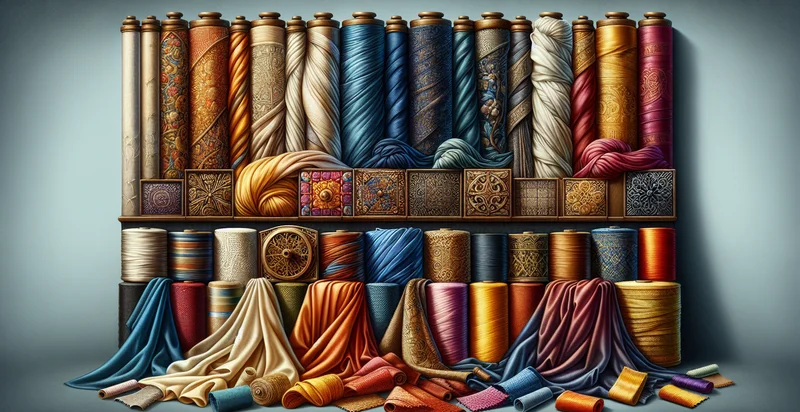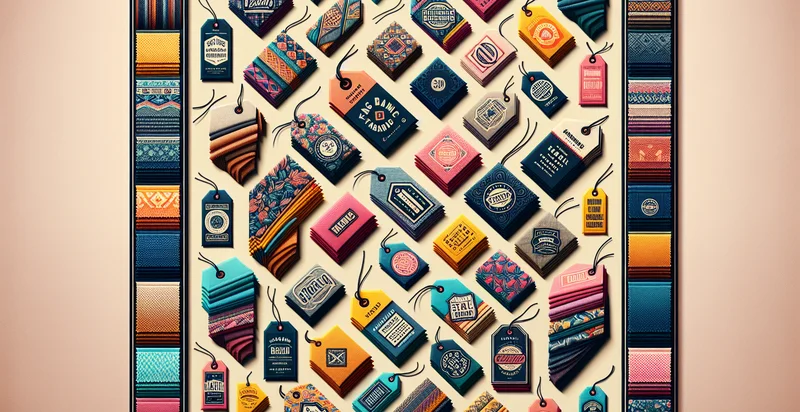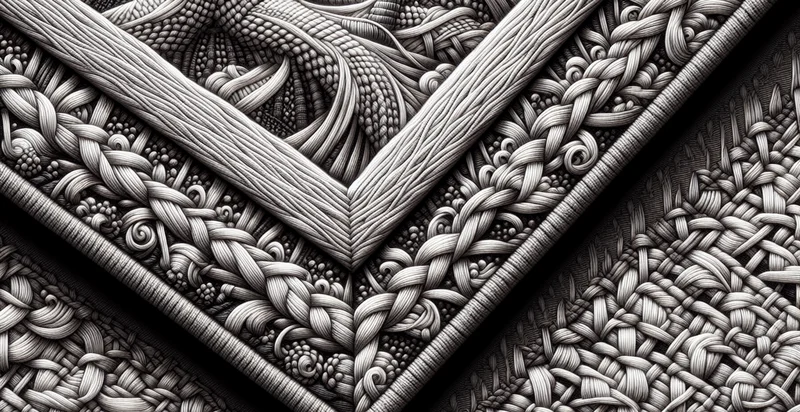Identify if fabric appropriate for era
using AI
Below is a free classifier to identify if fabric appropriate for era. Just upload your image, and our AI will predict if the fabric is appropriate for the era - in just seconds.


Contact us for API access
Or, use Nyckel to build highly-accurate custom classifiers in just minutes. No PhD required.
Get started
import nyckel
credentials = nyckel.Credentials("YOUR_CLIENT_ID", "YOUR_CLIENT_SECRET")
nyckel.invoke("if-fabric-appropriate-for-era", "your_image_url", credentials)
fetch('https://www.nyckel.com/v1/functions/if-fabric-appropriate-for-era/invoke', {
method: 'POST',
headers: {
'Authorization': 'Bearer ' + 'YOUR_BEARER_TOKEN',
'Content-Type': 'application/json',
},
body: JSON.stringify(
{"data": "your_image_url"}
)
})
.then(response => response.json())
.then(data => console.log(data));
curl -X POST \
-H "Content-Type: application/json" \
-H "Authorization: Bearer YOUR_BEARER_TOKEN" \
-d '{"data": "your_image_url"}' \
https://www.nyckel.com/v1/functions/if-fabric-appropriate-for-era/invoke
How this classifier works
To start, upload your image. Our AI tool will then predict if the fabric is appropriate for the era.
This pretrained image model uses a Nyckel-created dataset and has 2 labels, including Appropriate and Inappropriate.
We'll also show a confidence score (the higher the number, the more confident the AI model is around if the fabric is appropriate for the era).
Whether you're just curious or building if fabric appropriate for era detection into your application, we hope our classifier proves helpful.
Related Classifiers
Need to identify if fabric appropriate for era at scale?
Get API or Zapier access to this classifier for free. It's perfect for:
- Fashion Retail Analysis: Retailers can use the fabric era classification function to assess and curate collections that align with historical trends. This helps in enhancing customer engagement by offering garments that resonate with specific fashion eras, improving sales and customer satisfaction.
- Antique Textile Appraisal: Museums and antique dealers can employ this function to authenticate and value textiles and garments from different periods. By accurately identifying the era of the fabric, experts can provide better documentation, which increases the provenance and saleability of antique items.
- Sustainable Fashion Advocacy: Sustainable fashion brands can utilize the classification to promote fabrics that are authentic to certain eras and support eco-friendly practices. This function can guide designers to source appropriate historical fabrics, fostering a connection between vintage aesthetics and contemporary sustainability.
- Costume Design for Media: Costume designers can leverage this classification tool to ensure accuracy in historical representations for film and theater. By identifying appropriate fabric eras, they can create authentic costumes that enhance storytelling and audience immersion.
- Textile Education and Research: Educational institutions can use the fabric classification function in textile studies to teach students about the evolution of textile materials and their cultural significance. This could also aid researchers in identifying and categorizing historical samples.
- E-commerce Personalization: Online marketplaces can implement this function to recommend products to customers based on their preferences for specific fabric eras. This tailored approach can enhance user experience and drive increased conversions on fashion platforms.
- Historical Restoration Projects: Heritage conservationists and restoration architects can apply the classification tool when restoring historical buildings and interiors. Ensuring that fabrics used in the restoration are appropriate for the original era can maintain the authenticity and integrity of heritage sites.


